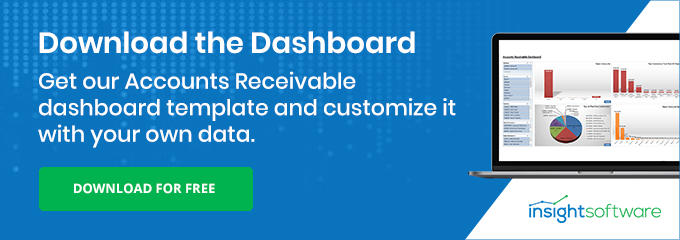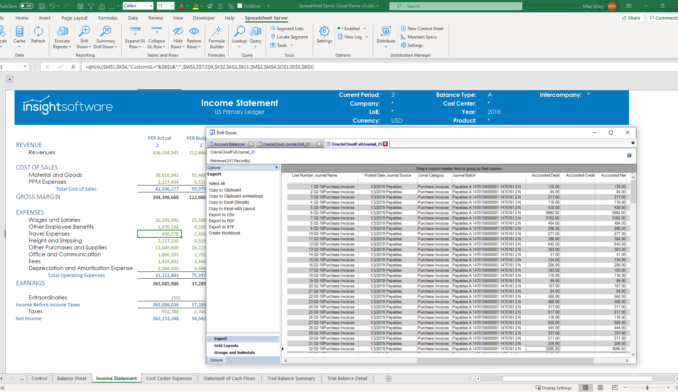Accounts Receivable Reporting: Frequently Asked Questions Answered

With very few exceptions, successful companies have effective accounts receivable procedures. They distribute invoices promptly and collect payments consistently because they’ve refined the underlying processes over a matter of time. It doesn’t happen overnight, but it’s absolutely worth the effort to fine-tune accounts receivable if it results in greater financial stability and predictability.
Doing so requires outstanding accounts receivable reporting capabilities. Anyone can observe outcomes by simply checking the bank balance. In order to truly track performance, however, companies must have visibility into the minutiae of accounts receivable through sophisticated AR reporting. If you’re like most people, that raises some questions. Here are the answers.
What Metrics Should I Be Collecting?
With a complex process like accounts receivable, there are many different metrics you can use to monitor performance. Valuable as they all may be, it’s possible to lose the forest through the trees if you start obsessing over too many of them. Quality decision making stems from clear, concise information, so identify the five metrics you need to track all the time. That list probably includes metrics like turnover ratio, days sales outstanding, collections effectiveness index, or average days delinquent, but it’s up to you to decide which metrics speak most loudly about performance for your organization.
Do I Need This Information in Real Time?
Typically, AR reporting happens quarterly or monthly, but that may be too slow for the pace of today’s finance departments. Since so much depends on the results of accounts receivable, it’s worth considering whether reports, which are occasional, should be replaced with dashboards, which are continuous. Dashboards update information in real-time so that you have the latest figures in front of you at all times. As long as the pace of real-time analytics doesn’t put an extra burden on the IT or accounting team, there’s every reason to upgrade reports into dashboards.
How Do I Highlight the Takeaways?
It doesn’t matter whether you ask the right questions if you present the answers incorrectly. Anyone who has been through accounts receivable reporting understands the challenge of presenting the information in ways the report’s audience will understand. Using a standard spreadsheet makes the takeaways harder to find, but a document with just charts and graphs obscures important details. Use a balance between the two, ideally combined with drill-down capabilities so that users can explore the data behind the metrics. Remember, how it looks is just as important (and closely related) to what it says.
Are Manual Inputs Acceptable?
Finance teams need to ask whether existing reporting processes allow for the speed and scale necessary to investigate accounts receivable by the standards outlined above. Generally, the more reporting relies on manual processes, the more prone it is to errors and delays, along with being limited by what the team can physically accomplish. Conversely, automation can handle the lion’s share of reporting responsibilities faster and better than an army of accountants ever could. Their time is better spent interpreting what AR reporting reveals to them instead of dealing with the actual data entry process.
Here’s the most important question: What does an ideal accounts receivable reporting process look like? Instead of telling you, allow the team at insightsoftware to show you. We are revolutionizing reporting to make it easier and more insightful than ever before. Discover that for yourself by downloading this free accounts receivable dashboard.









